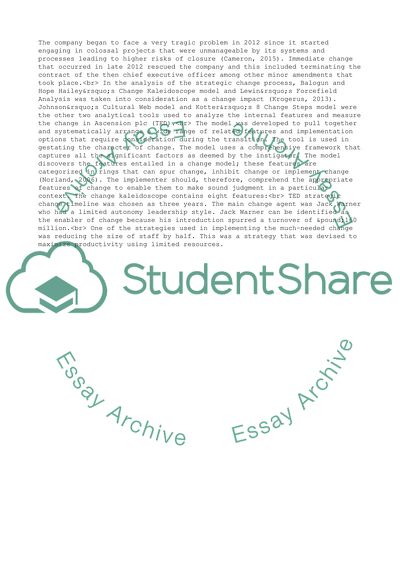Cite this document
(“Strategy-choices and change Essay Example | Topics and Well Written Essays - 2500 words”, n.d.)
Retrieved de https://studentshare.org/business/1683536-strategy-choices-and-change
Retrieved de https://studentshare.org/business/1683536-strategy-choices-and-change
(Strategy-Choices and Change Essay Example | Topics and Well Written Essays - 2500 Words)
https://studentshare.org/business/1683536-strategy-choices-and-change.
https://studentshare.org/business/1683536-strategy-choices-and-change.
“Strategy-Choices and Change Essay Example | Topics and Well Written Essays - 2500 Words”, n.d. https://studentshare.org/business/1683536-strategy-choices-and-change.


